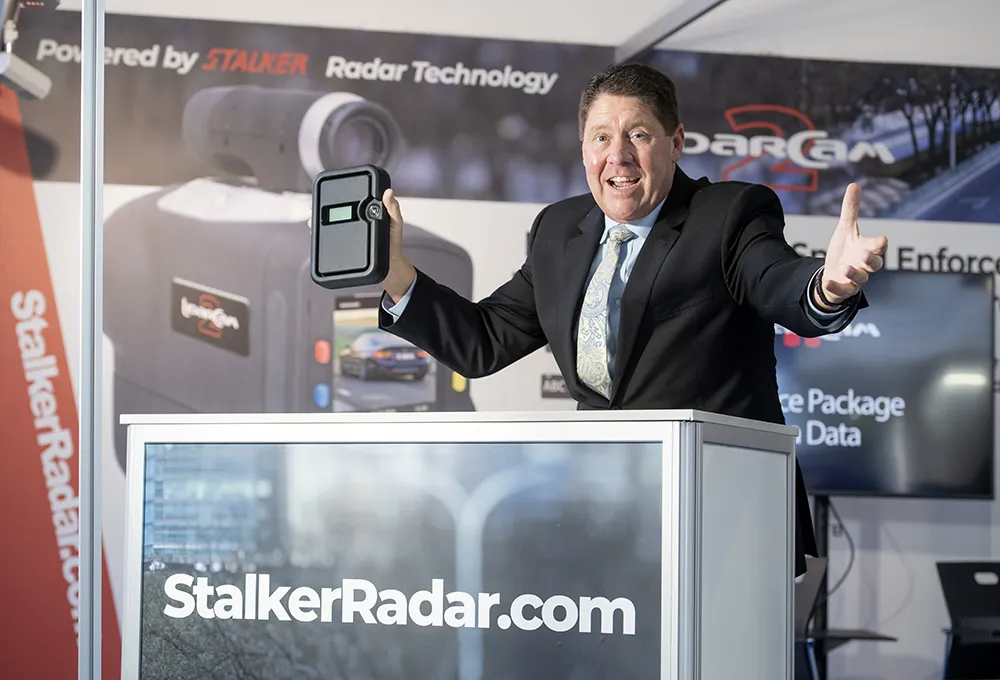Houston Radar is celebrating winning the Traffic Management category of Intertraffic Innovation Awards 2016 with its SpeedLane multi-lane side-fire traffic radar. Key to SpeedLane’s success is its ultra-low power consumption which allows the unit to be deployed anywhere and to be powered by solar panels.
April 6, 2016
Read time: 1 min

In addition to counting and classifying vehicles across up to eight user-defined lanes, the twin side-fire radar detects vehicle speed, length and headway and calculates 85th percentile speed. Also included is camera for visual back-up and once installed the unit can start transmitting data to a cloud-based server via the mobile GSM network or hard wiring.










